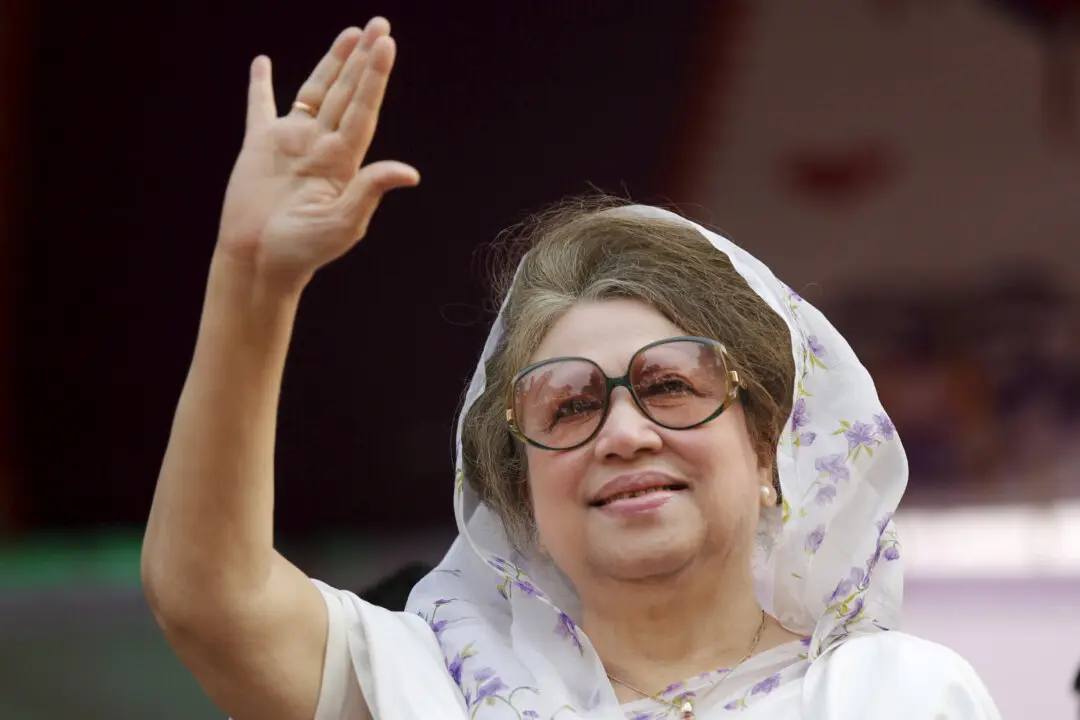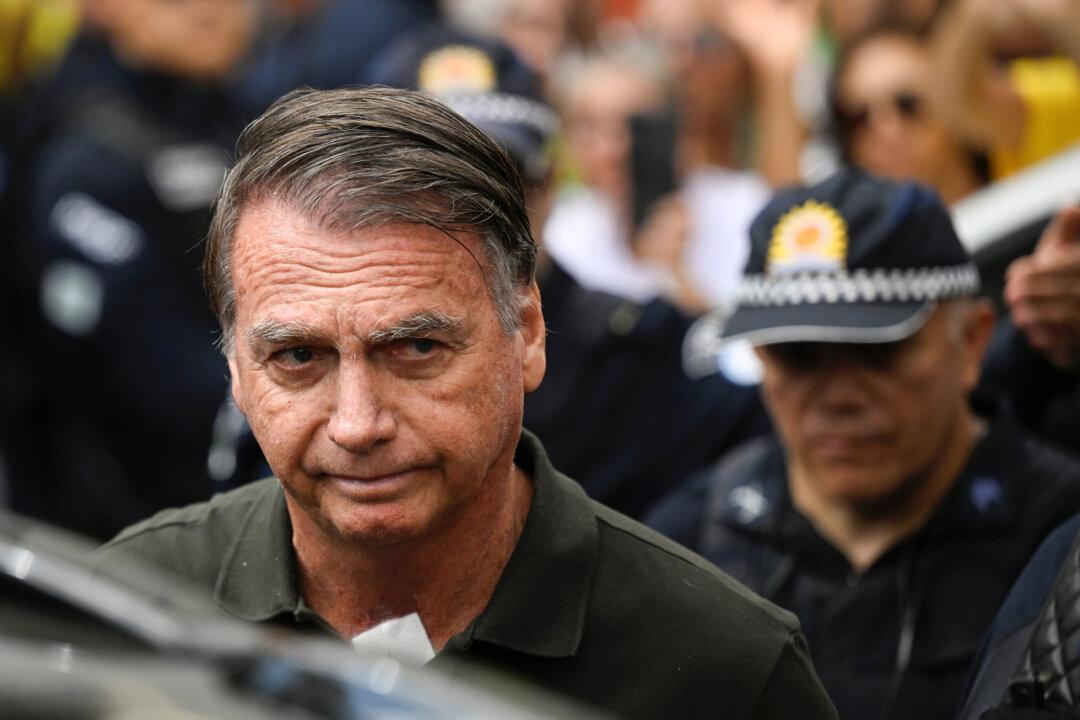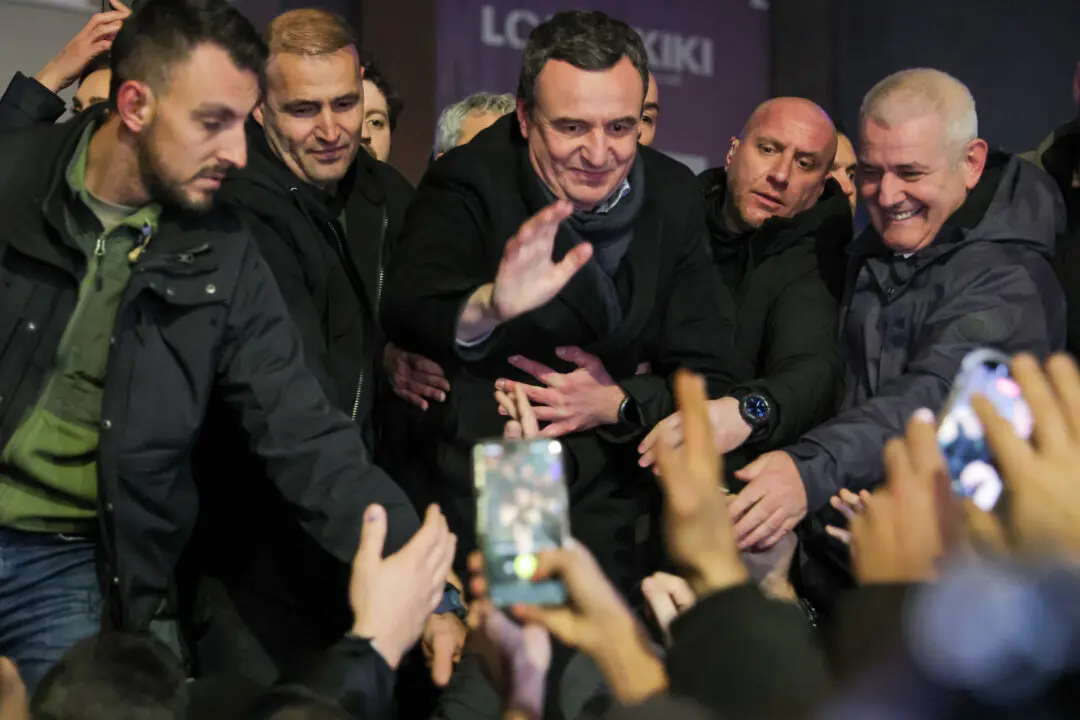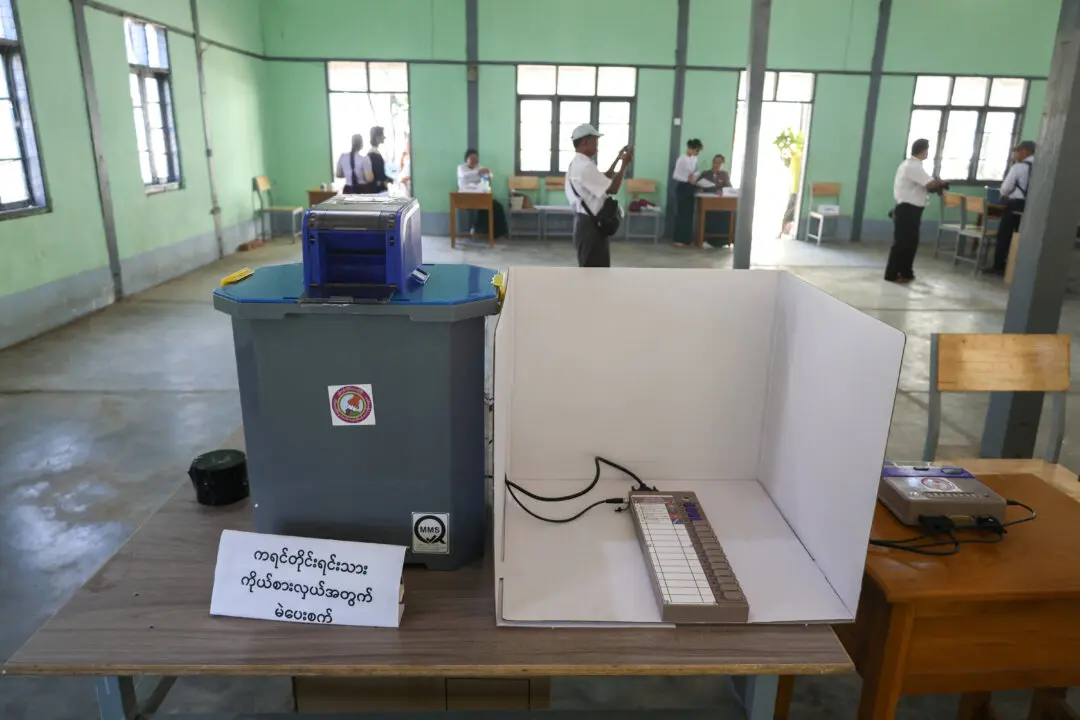ROME—Former European Central Bank chief Mario Draghi was due to start talks with Italy’s divided political parties on Thursday to seek backing for a new government to deal with the entwined health and economic crises.

Italian Prime Minister Mario Draghi pauses as he speaks after his meeting with Italian President Sergio Mattarella at the Quirinale Palace in Rome, Italy, on Feb. 3, 2021. Francesco Ammendola/Presidential Palace/Handout via Reuters
|Updated:




